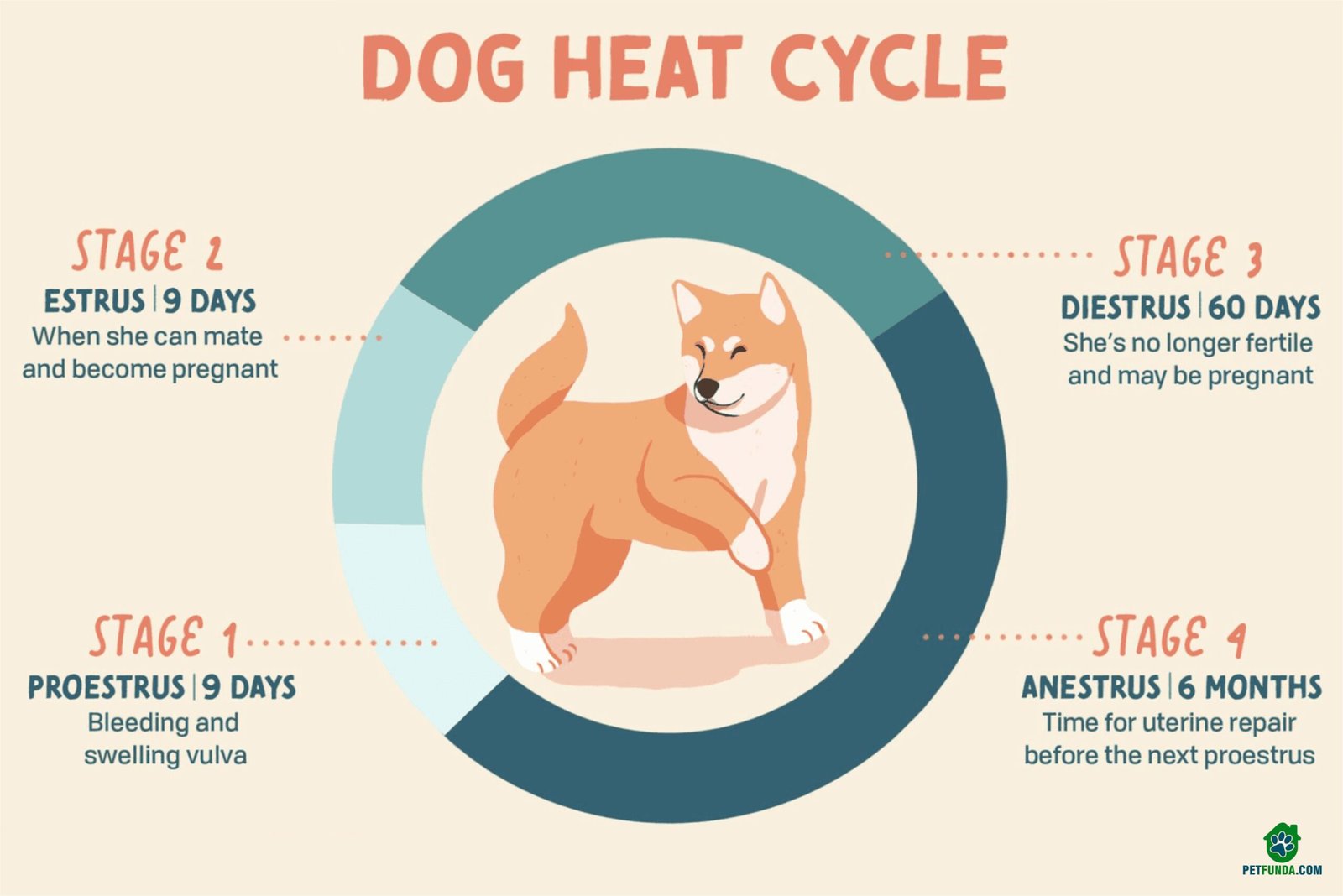Dog separation anxiety is one of the most common behavioural disorders that impacts your dogs and can be distressing for you and your pet. Recognizing the causes of separation anxiety and understanding the signs is very important for providing the proper support and care to your furry friend. It is essential to seek professional help as it can make a world of difference in helping your dog overcome separation anxiety and lead a happy and more balanced life.
Importance Of Seeking Professional Help
Before you understand the details of dealing with separation anxiety, it is essential to understand the importance of seeking professional help. Trainers, animal behaviourists, and veterinarians are valuable resources that help you understand and address your dog’s anxiety issue. They can provide you with customized guidance, behavioural assessments, and also specialized treatment plans that serve your dog’s specific requirements. Seeking professional help in time can prevent the condition from worsening and ensure the proper outcomes for your furry friend.
Basics About Separation Anxiety In Dogs
Separation anxiety is basically a behavioural disorder that happens when your dogs become anxious or stressed when separated from you or the primary caregiver. This condition can manifest in plenty of ways, and its severity is different for every dog. While your dog might experience mild anxiety but another dog can exhibit more severe distress when left alone.
Different Signs Of Separation Anxiety
Understanding the different signs of separation anxiety is very important to identify the condition and provide the proper intervention. Some of the most common symptoms of separation anxiety in dogs are mentioned here.
Excessive Barking
Whining or howling when you leave your dogs leads to separation anxiety. The dog might bark excessively to vocalize the response to the distress.
Destructive Behavior
Your dog might engage in destructive behaviour like chewing furniture scratching doors, or digging as a coping mechanism for separation anxiety.
Eliminating In The House
In some cases, your dog might urinate or defecate indoors when left alone because it is dealing with separation anxiety.
Pacing Or Trembling When You Leave
Restlessness and trembling can be a significant indicator of anxiety in your dog.
Refusing To Eat Or Drink
Your dog might lose its appetite or refuse to drink water when it is separated from you.
Causes Of Separation Anxiety
The precise cause of separation anxiety in dogs is not entirely understood, but there are several factors which can lead to its development.
- Your dog might have a genetic predisposition to anxiety-related behaviours, making them really suspectable to separation anxiety.
- If your dog has experienced traumatic or negative early life experiences like abandonment or neglect, you might be at higher risk of developing separation anxiety.
- Prolonged time of being left alone exposure to loud noises or other stressors during isolation can trigger separation anxiety in your dog.
How Can You Treat Separation Anxiety?
Dealing with separation anxiety in dogs requires a combination of practice, patience, understanding, and consistent effort even though there is no size-fit solution, there are several strategies that can help you manage and treat separation anxiety in your dog.
Desensitization And Counter Conditioning
This approach involves gradually exposing your dog to being alone in a safe, controlled environment while rewarding their calm behaviour. The objective is to change the dog’s emotional response to being alone and create a positive association with solitude.
Management
You need to take some steps to reduce triggers that might cause anxiety, like gradual departures and short times of isolation, and provide distractions that can be helpful.
Medication
In some cases, medication prescribed by a veterinarian might be essential to help you reduce the dog’s anxiety and also improve the ability to cope with being alone.
Behaviour modification
Working with a professional trainer or animal behaviourist can be invaluable when it comes to implementing behaviour modification techniques customized to your dog’s specific needs.
Preventing separation anxiety
Prevention plays a very important role in reducing the risk of separation anxiety in your dog.
- Early socialization and exposure to different environments and people can help in building a confident and well-adjusted dog.
- You should avoid making a big fuss during departures or arrivals. When you create a calm routine, then, it can help your dog understand that being alone is a natural part of life.
- Regular exercise and mental enrichment activities can tire out your dog, which helps in minimizing anxiety levels when it is left alone.
- You should provide a safe and designated space like a comfortable crate or a quiet room that can offer a secure retreat for your dog when feeling anxious.
- It is essential for you to encourage your dog to spend time alone, even when you are at home. You can start with a short time and gradually extend a long time. When you offer interactive toys or puzzle feeders to keep them occupied during solo moments, they can not feel anxious.
- Playing calm music or using white noise machines can help in soothing your dog and mask external noises which might trigger anxiety when left alone.
- It would be best if you never punished your dog for exhibiting anxiety-related behaviours. Full punishment can worsen anxiety and also lead to other behavioural issues.
- Always remain calm and positive when you are leaving home, as dogs can pick up on your emotions, so maintaining A relaxed demeanour can help them feel secure.
- Create positive associations with your dog while you are departing by leaving special treats or toys your dog loves. This positive reinforcement can help your dog feel more comfortable when you leave.
- If your dog’s separation anxiety is very severe, then you can consider enrolling them in a doggy daycare or hiring a dog sitter. Having companionship or attention during your absence can help them get rid of anxiety.
Separation anxiety is a pretty prevalent and challenging condition that affects plenty of dogs. Understanding the causes and recognizing the different signs of anxiety can help you manage and treat separation anxiety effectively.





